I distinctly remember the day Jewish artist, David Moss, visited the Emery/Weiner School during Ma’amad in 2024. He shared the journey he has been on for the past 34 years — travelling the world and asking artists to contribute their depiction of the Queen Esther story from the Jewish text, the Tanakh. While many EWS students, myself included, might not have thought much about Moss’ mission outside of his presentation, it inspired some of our Emery community this past year. Emery art teacher Paige Moore has been working on her own piece to add to the collection, a piece titled; Esther Without Borders.
After attending Moss’ course on teaching Judaism through art, at Camp Ojai in the summer of 2023, with a few other EWS faculty members, Moss was struck by Moore’s art style and invited her to contribute her own representation of the story to his collection.
Originally inspired by ancient Greek mythology and her own time spent living in Greece, Moore approached the Queen Esther story as if she were telling an ancient tale.
While ancient countries like Greece and Israel seem to have been built on myths and legends, the ancient world present in every cornerstone and cobbled street, Houston appears to have been built solely on concrete and fire ant mounds. Houston is a metropolis. Within it, a maze of six-lane highways twist into a labyrinth only native Houstonians can navigate. Downtown’s skyline is ever-looming – state-of-the-art skyscrapers pierce the sky, creating 70 stories of corporate activity. While Houston is an extremely diverse city, to the nature-craving, grass-touching, magic-seeking soul trapped in our urban city, Houston can be hard to romanticize. Struggling with setting the story in current-day Houston, Moore proposed the idea: what if nature took over Houston? What if the story were told in that future Houston?
Unknownst to many, Houston was once originally covered by a large expanse of a coastal prairie ecosystem. Tall prairie grasses flourished and helped manage the destructive side effects of flooding. With the onslaught of urbanization and industrialization, Houston lost the majority of its native prairie plants. But, in the future Houston proposed by Moore, these native grasses reign. When doing research into the kinds of plants native to Houston, Moore observed that the extensive root systems of native grasses resembled gothic, elvish-like figures. Thus, the figures that would tell the story of Queen Esther were created.
The story of Queen Esther is a classic Jewish story and retold during the holiday, Purim. In it, Queen Esther, a Jewish woman and queen of Persia, revealed her identity to King Ahasuerus to stop evil Haman’s plot to annihilate the Jews. However, her bravery saved the Jewish people – what is celebrated during Purim.
Moore divided the story into six main parts, the feast, pageant, throne room, Mordechai’s journey, hanging of Haman’s sons, and the peace-granting letters. Each was depicted on a medium rectangular sheet of paper. The backgrounds of the majority of the sections showed historic Houston landmarks, and the foreground presented the nature-like, fantastical creatures that represented characters from the Queen Esther story.

The first panel, which shows a feast with King Ahaseurus watching dancing princes, includes a townhouse development off the interstate, I-69. This depiction of Houston urbanity is flooded with a coastal marsh, and native species, including the winecup flowers and the Texas coneflower flourish, revealing a future in which nature is dominant, not housing developments. The use of florals continues to be a theme that is carried throughout the six scenes, creating a cohesive narrative of nature reclaiming industrial areas.

The second panel contains Esther, surrounded by girls, standing in a marshy swamp. Esther’s bright red cowboy boots draw the eye to the center of the painting which contains native bird species, almost causing the observer to miss the Franklin Street Bridge in the background. This intentional focus on nature first highlights the idea that nature can become more dominant than large concrete structures. Esther and her group of girls wear the heads of native bird species like crowns. Nature reigns and is embraced by humanity. Cliff swallows, spoonbills, blue jays, barred owls, mottled ducks, tufted titmouses, and egrets, painted in painstaking detail leave the girls looking not quite human and not quite natural. Through this depiction, Moore effectively reveals that if we hold space for nature, we can connect with our wild side.
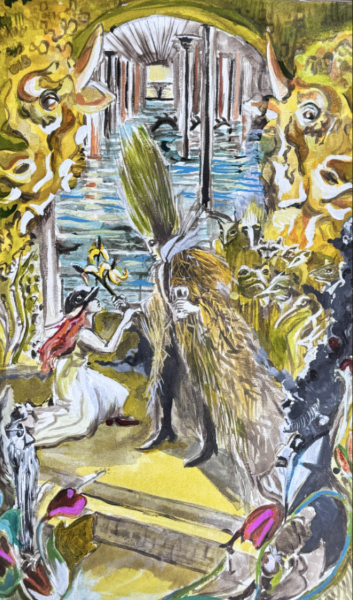 The third panel sets the story in the Houston cisterns. The damp gray cisterns are transformed by nature’s dominion – now covered in gold foliage and mythological statues, it resembles a royal throne room. Sea serpents lurk in the background, reminding us that this is a mythological and futuristic interpretation. The story’s villain, Haman, makes his first appearance, not as a figure, but as a plume of industrial smoke. The significance behind making Haman the concept of industrialization rather than a figure like the other characters in the story comes from Moore’s belief that nature cannot be evil. Rather, it is humanity’s destructive actions towards nature that are evil.
The third panel sets the story in the Houston cisterns. The damp gray cisterns are transformed by nature’s dominion – now covered in gold foliage and mythological statues, it resembles a royal throne room. Sea serpents lurk in the background, reminding us that this is a mythological and futuristic interpretation. The story’s villain, Haman, makes his first appearance, not as a figure, but as a plume of industrial smoke. The significance behind making Haman the concept of industrialization rather than a figure like the other characters in the story comes from Moore’s belief that nature cannot be evil. Rather, it is humanity’s destructive actions towards nature that are evil.
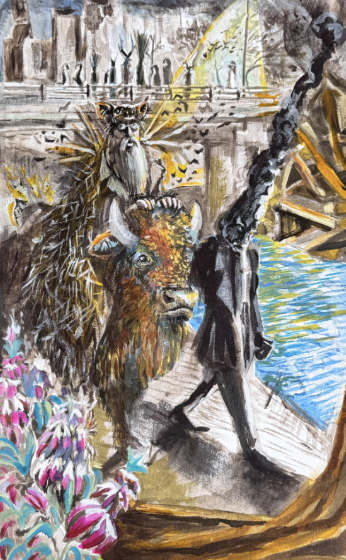
Haman’s presence continues into the fourth panel. More gray smog is apparent, revealing the partially reclaimed Houston skyline in the background. Haman parades underneath the Waugh Street Bridge. Moore captures the bats that reside underneath it, mid-flight, surrounding Haman in a flurried haze of wings. Nature finally was able to intimidate and stifle pollution.
The fifth section of the story is composed of two panels, each side displaying half of an oak tree. Moore chose to include plastic bags caught in a huge oak tree, wearing suits, to hang from the tree branches to draw attention to the extensive plastic usage and how this contributes to nature’s demise. The suits represent the stifling environment created by the corporate ideal, something that has reduced the amount of creativity and nature in Houston.
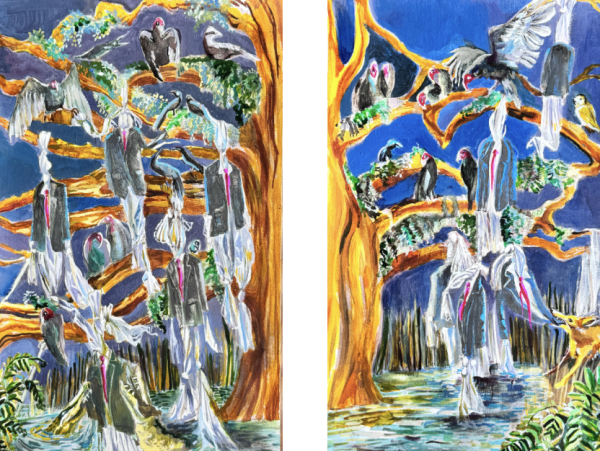
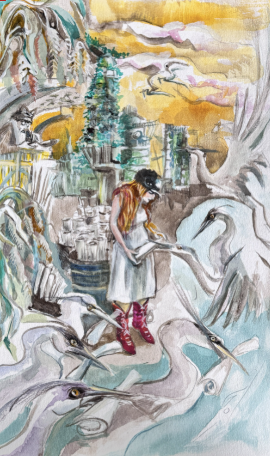
The sixth and final scene depicts Queen Esther, red boots and all, standing in the middle of the Valero Refinery in the Houston Ship Channel. A reclaimed Houston rises behind her, and blue herons sweep in front of her, carrying scrolls. This final scene, with the urban landscape in the process of reclamation, reveals a possible alternative of what we imagine Houston as.
Moore reimagines the Queen Esther story to invite viewers to reconsider the role of nature in Houston. What would happen if we let it take over, even just a little bit? Could we become more connected to where we dwell and nature as a whole?
Moore’s interpretation of the Queen Esther story set in a reclaimed, nature dominant, Houston will go on to join Moss’ collection in Israel, this summer. They will return to the land that told the Queen Esther story, set in motion Moss’ curation, and provided the ancient magic that Moore drew from for her inspiration.
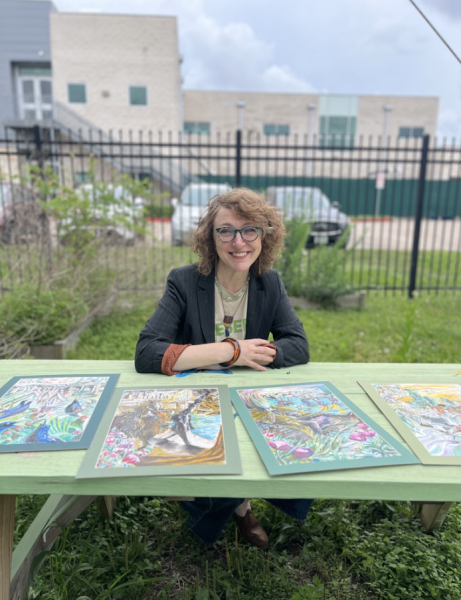
Check out Moore’s personal journey on her blog: https://www.paigemoorestudio.com/esther-project
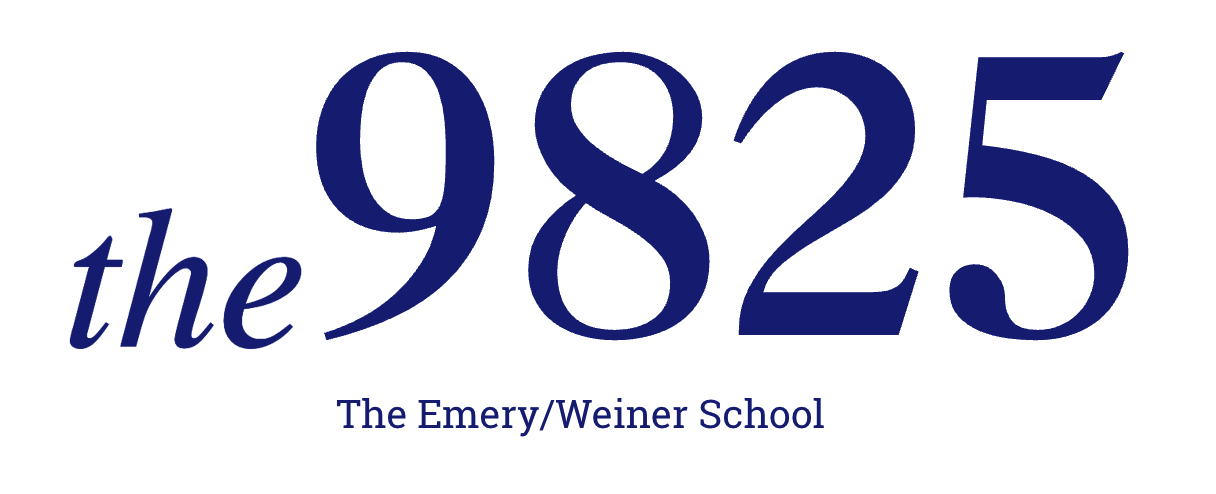

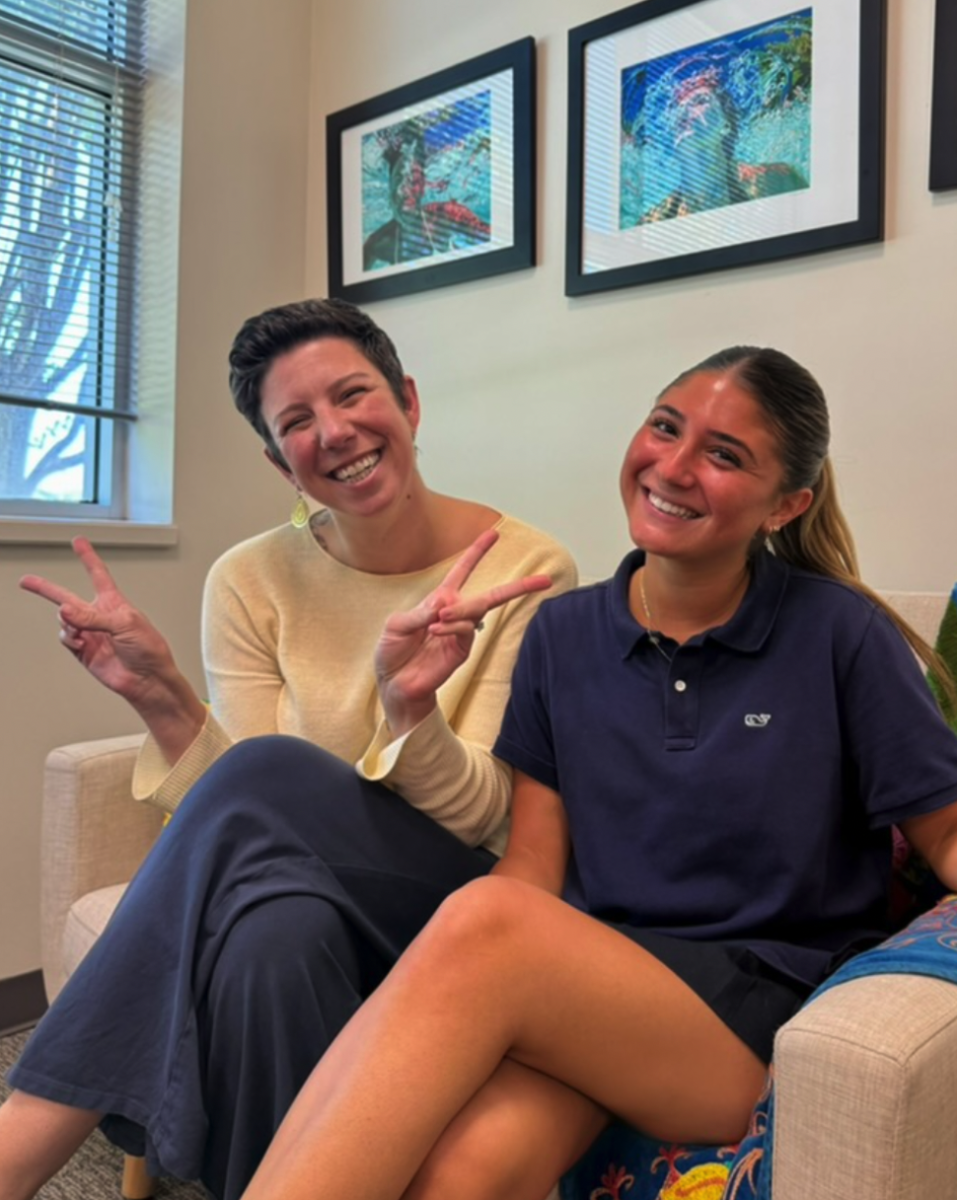




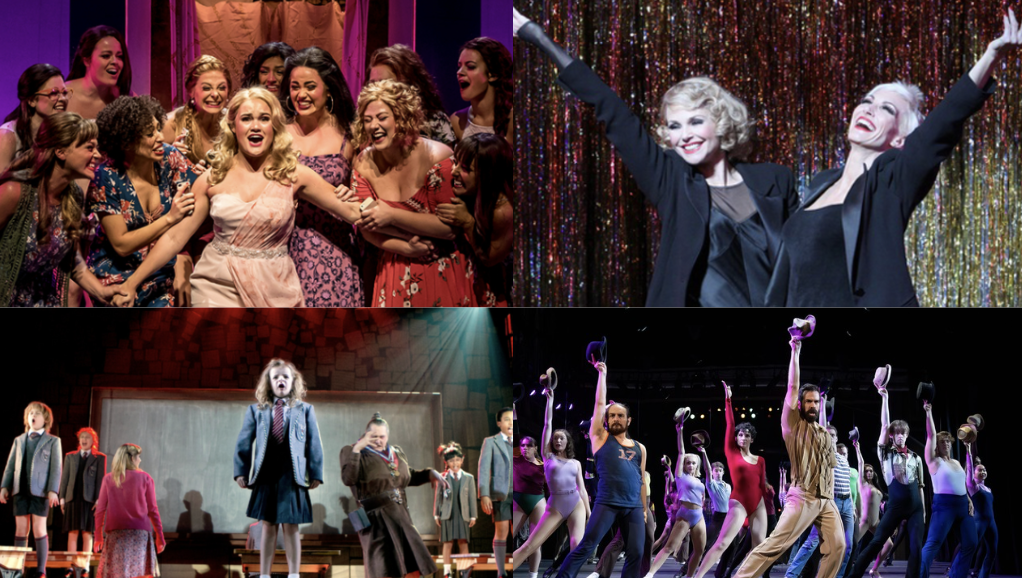





Sara Callahan • May 15, 2025 at 9:58 am
YESSSS PAIGE!!!!!